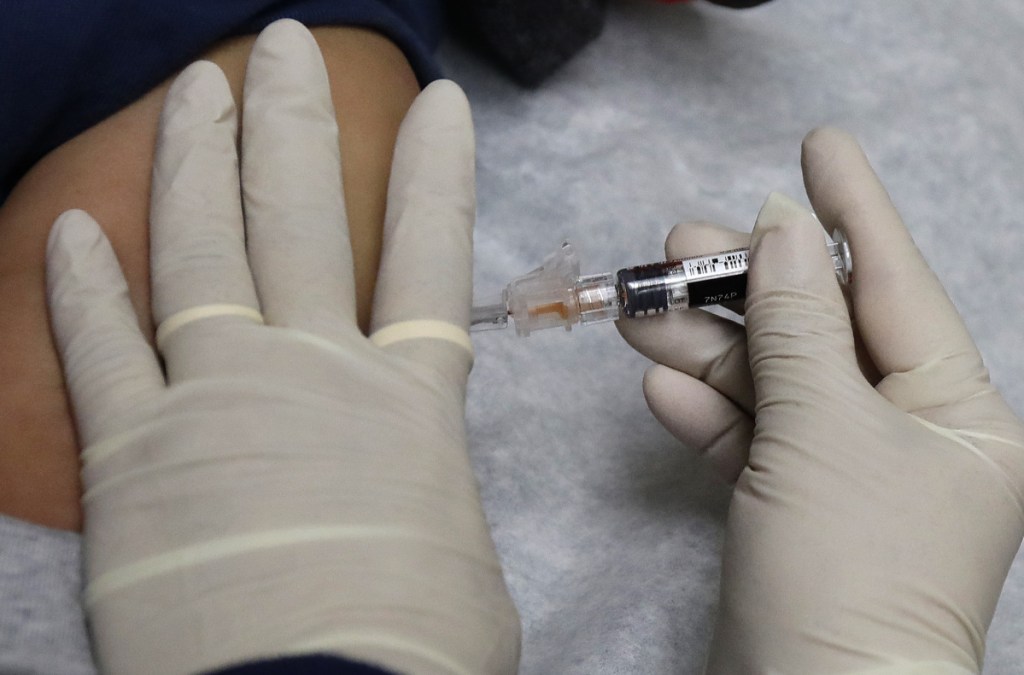The 2017-2018 flu season is shaping up to be one of the deadliest in recent history. The illness hit hard and early, killing an unusually high number of young and healthy people (30 children had died in the U.S. by mid-January), causing a shortage of antiviral medicine and prompting some overwhelmed hospitals to take drastic action, such as treating sick people in parking lots. The dominant strain this go-around is unusually lethal, and the vaccine prepared for this season is particularly ineffective at preventing people from getting sick. These developments signal that it’s time for the nation to focus its efforts on developing universal flu vaccines that provide long-term protection from all strains.
The current method of developing seasonal flu shots is little more than guesswork. Scientists do the best they can to predict the strain that will be circulating the following year. Even at their most effective, these short-term vaccines rarely protect half the population from infection. We can do better. It may sound like fantasy, but universal vaccines are well within the realm of possibility.
Last week, a team of researchers reported in the journal Science that they have found a novel way to protect mice and ferrets from some influenza strains, and the technique may well be applicable to other viruses and to humans. Influenza is able to make people ill because of its ability to hide from the immune system’s initial defenses. The UCLA team found it could disable this ability so the virus could be killed off before it can do harm.
Granted, before a cure can be declared, the data must be replicated and human trials must be conducted successfully — a set of hurdles that won’t be cleared for years, if ever. Still, the UCLA results are a tremendously promising step that has scientists and epidemiologists hopeful it could lead to a vaccine that offers full protection from deadly flu in the coming decades.
There’s also hope for improved if not quite universal vaccines as soon as five years from now. That prospect is why the National Institute of Allergy and Infectious Diseases has made it a priority to push for better vaccines. Another motivating factor: the possibility of a devastating flu pandemic. It’s been a century since the Spanish Flu wiped out as much as a third of the global population, and epidemiologists say humanity is due for another “Big One.”
Because pandemics happen when influenza viruses make huge mutations, rather than small shifts, seasonal flu shots would offer little to no protection. Let’s not wait until then to stop treating the flu like a familiar, if troublesome, annual houseguest.
Editorial by the Los Angeles Times
Send questions/comments to the editors.



Success. Please wait for the page to reload. If the page does not reload within 5 seconds, please refresh the page.
Enter your email and password to access comments.
Hi, to comment on stories you must . This profile is in addition to your subscription and website login.
Already have a commenting profile? .
Invalid username/password.
Please check your email to confirm and complete your registration.
Only subscribers are eligible to post comments. Please subscribe or login first for digital access. Here’s why.
Use the form below to reset your password. When you've submitted your account email, we will send an email with a reset code.